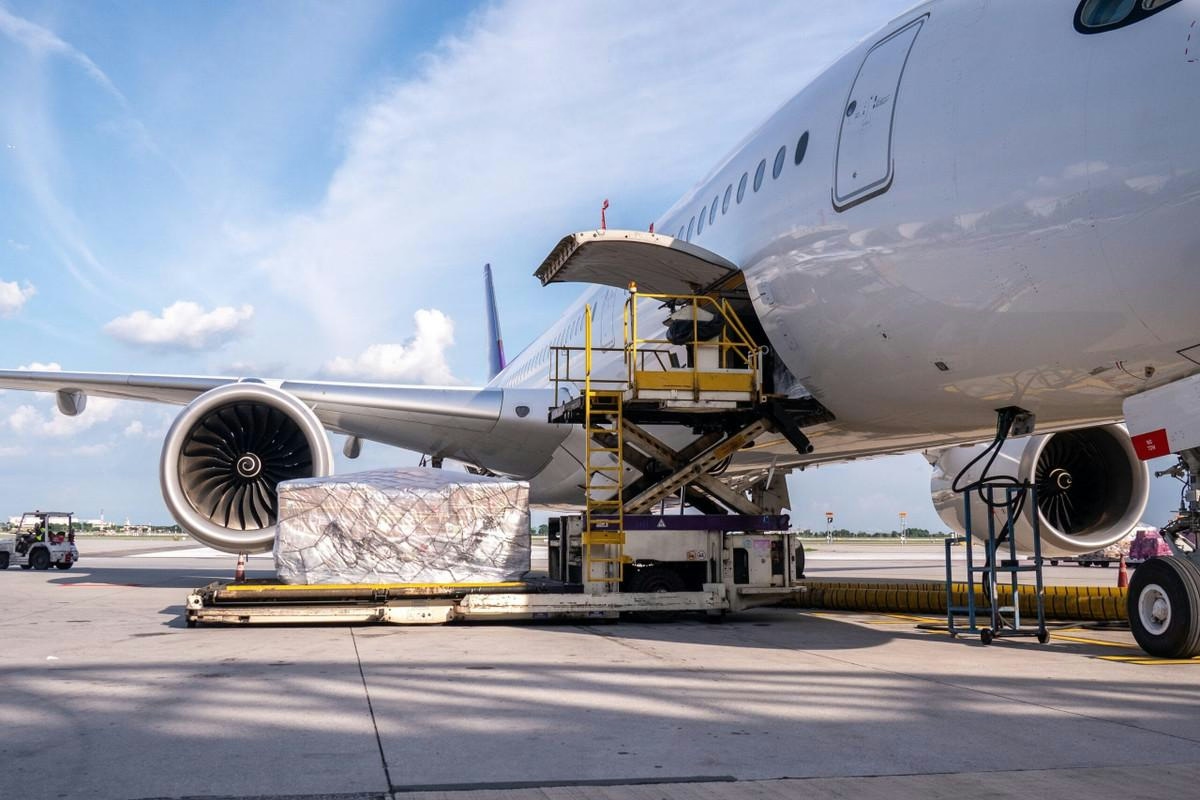
AeroGenie: il tuo copilota intelligente.
Tendenze
Categories
Virgin Atlantic Names Corneel Koster as CEO, Succeeding Shai Weiss
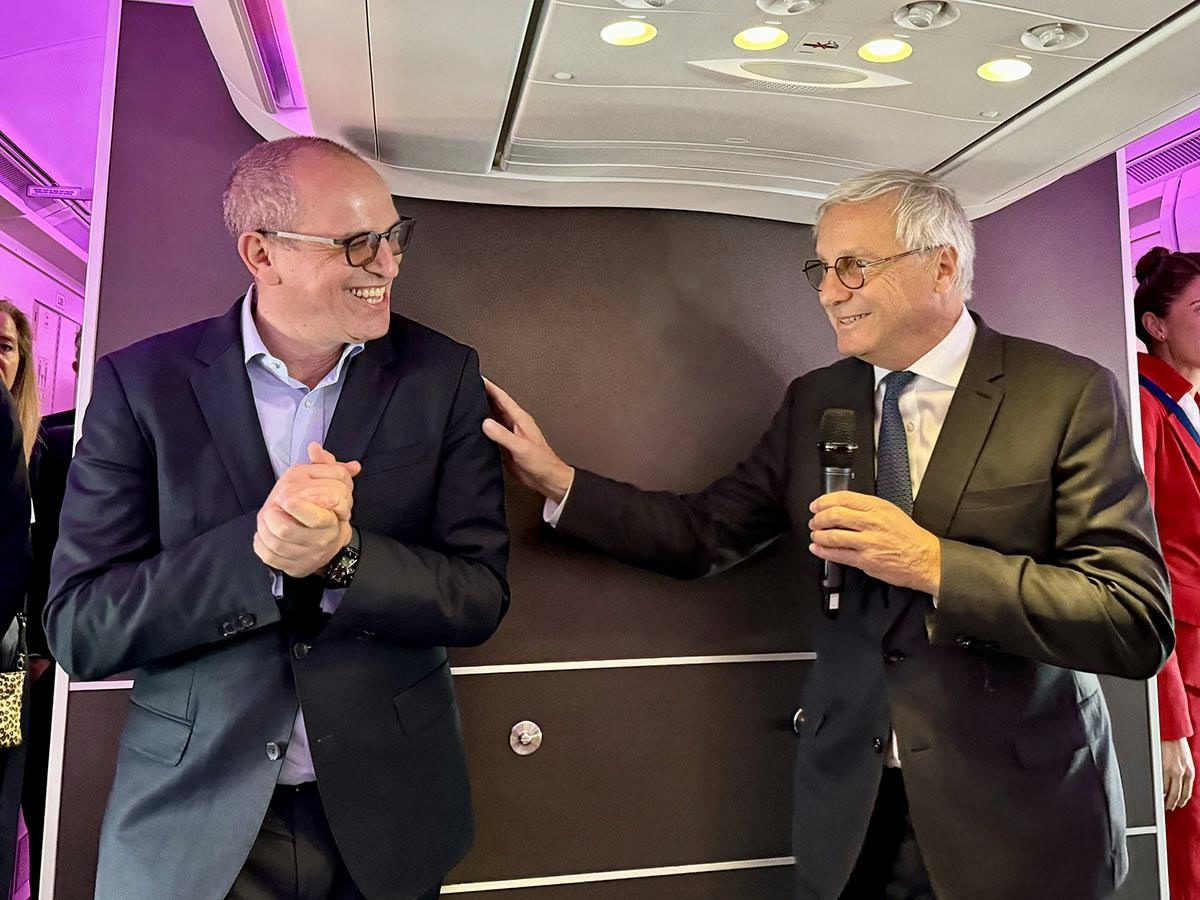
Virgin Atlantic Appoints Corneel Koster as CEO, Succeeding Shai Weiss
Virgin Atlantic has announced that Corneel Koster will succeed Shai Weiss as Chief Executive Officer, effective January 1, 2026. Currently serving as the airline’s Chief Customer and Operating Officer, Koster’s appointment marks a significant leadership transition as Virgin Atlantic aims to strengthen its position in the highly competitive international aviation market.
Extensive Industry Experience and Leadership
Corneel Koster brings over 30 years of experience in the aviation sector, having held senior positions at Delta Air Lines, Aeroméxico, and KLM. Since rejoining Virgin Atlantic in 2019, he has been a key figure on the Board and as Chief Customer Officer, guiding the airline through the unprecedented challenges posed by the COVID-19 pandemic. His leadership has been central to the airline’s operational resilience and digital transformation efforts, helping to navigate one of the most turbulent periods in Virgin Atlantic’s history.
Shai Weiss, who has led the airline since 2019, has overseen a period of remarkable recovery and growth. Under his stewardship, Virgin Atlantic returned to profitability and achieved record performance in 2024. Weiss’s tenure was marked by a focus on strengthening the airline’s internal culture and elevating its brand, culminating in a Five-Star rating from the Airline Passenger Experience Association (APEX) and recognition as Newsweek’s No.1 Most Loved Workplace. His efforts positioned Virgin Atlantic as a premium flag carrier with a robust foundation for future expansion.
Challenges and Future Direction
As Koster prepares to assume the CEO role, he faces the dual challenge of maintaining operational stability and advancing the airline’s digital modernization amid ongoing post-pandemic recovery. Industry analysts will be closely monitoring how he applies his extensive crisis management experience to sustain Virgin Atlantic’s growth trajectory. The leadership change occurs amid intensified competition, with other carriers such as Gulf Air also undergoing executive transitions, potentially creating opportunities and risks within the sector.
Koster’s strategic vision emphasizes expanding Virgin Atlantic’s global reach and enhancing its service offerings while preserving the airline’s reputation for customer excellence and its distinctive challenger spirit. He has played a pivotal role in key initiatives, including the introduction of the A330neo aircraft and the airline’s broader digital transformation agenda, signaling his commitment to building on Weiss’s legacy.
Sir Richard Branson, Virgin Atlantic’s founder, commended Weiss for his exceptional leadership during a challenging era and expressed confidence in Koster’s ability to steer the airline toward a promising future. As Virgin Atlantic embarks on this new chapter, the focus remains firmly on innovation, customer experience, and sustaining its status as a leading transatlantic carrier.

FACTS Summit 2025 in Sydney Highlights Innovation and Sustainability in Asia-Pacific Corporate Travel and Aviation
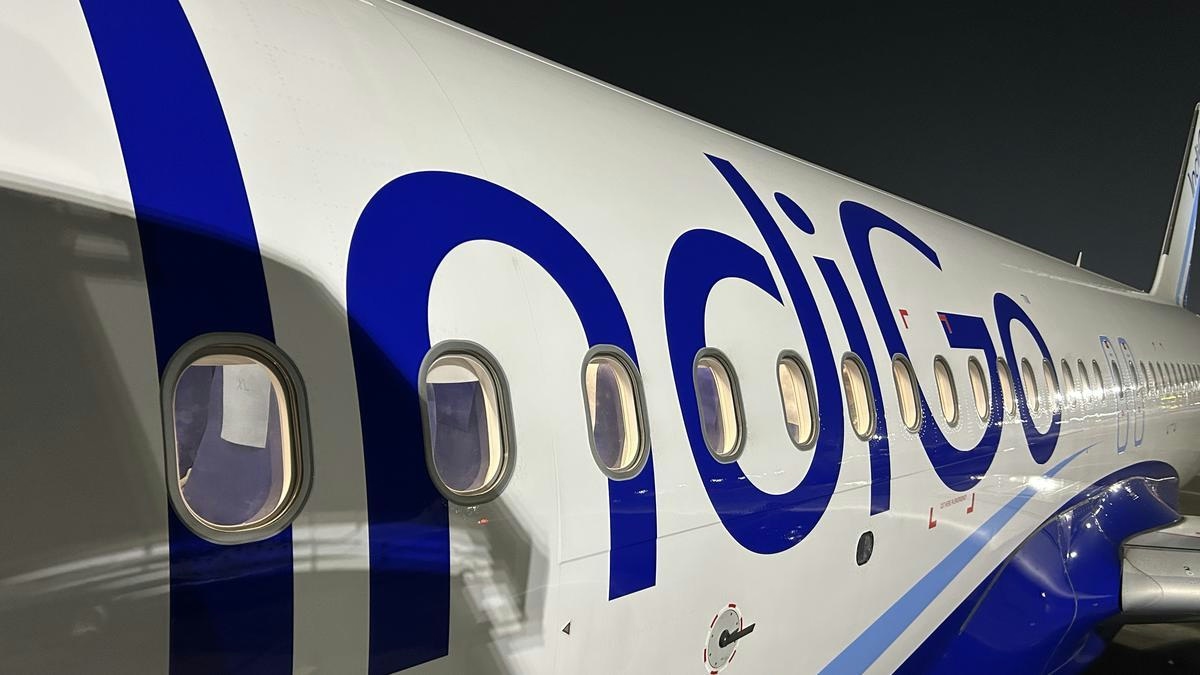
IndiGo to Deploy Wide-Body Aircraft on Vijayawada-Hyderabad Route, Says MP
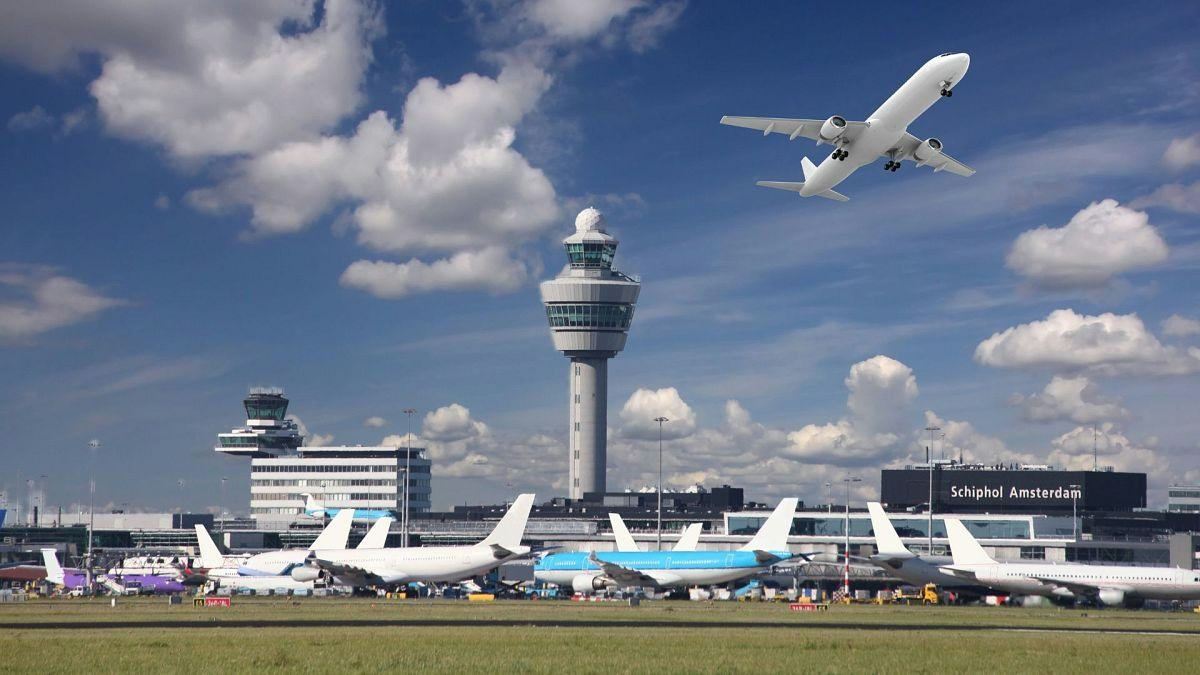
Europe Unveils New Aviation Strategy to Promote Cleaner, Faster Flights
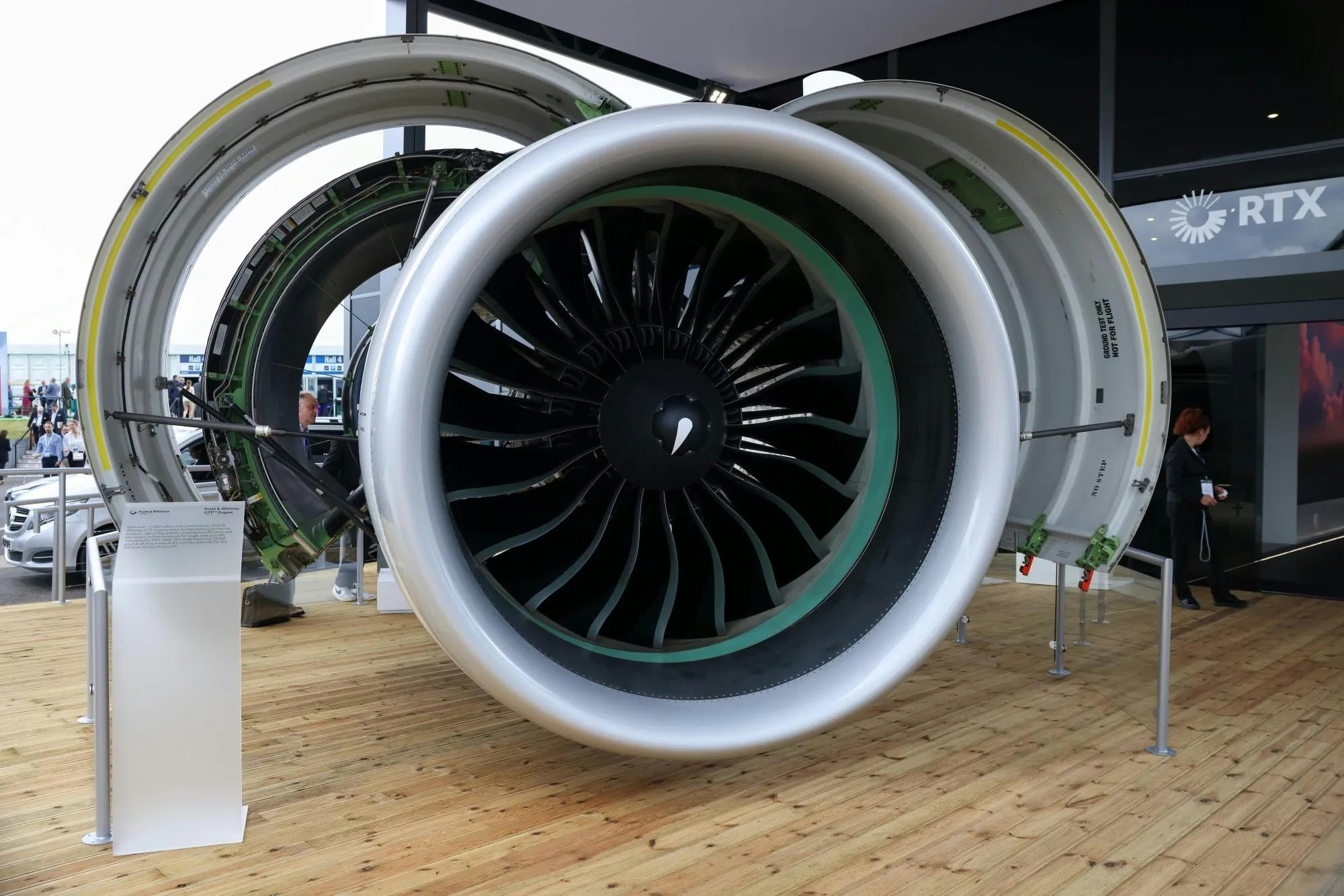
Spirit Signs Agreement with Pratt & Whitney Units on Aircraft Engines
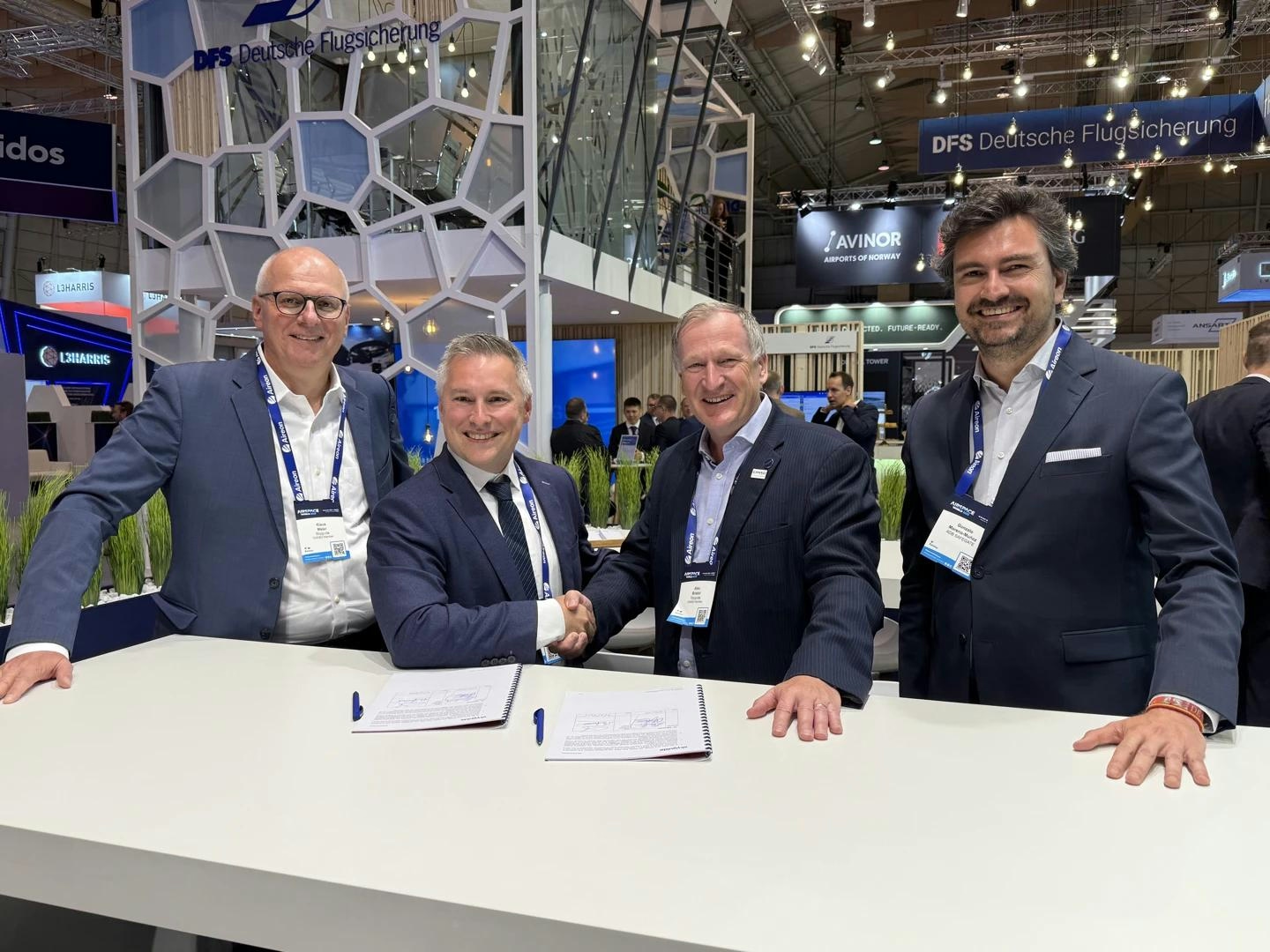
ADB SAFEGATE Receives Industry Awards for Marketing, R&D, and Social Impact

GA Telesis Secures Five-Year Landing Gear Overhaul Agreement with Major U.S. Carrier

Government Strengthens Aviation Safety Framework Amid AI-171 Investigation
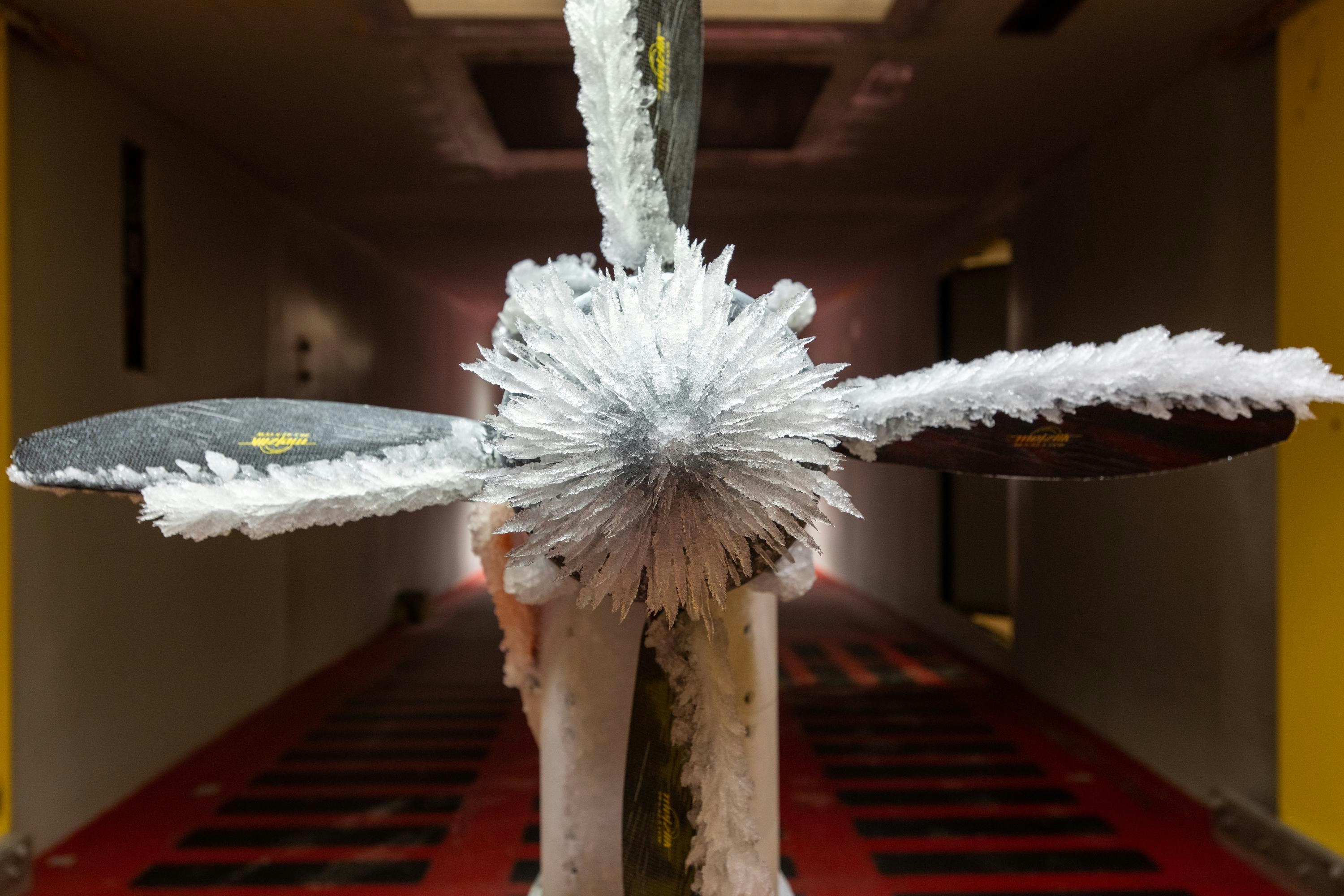
NASA Software Raises Bar for Aircraft Icing Research

Dans and Emirates Aviation University Partner on AI Air Traffic Management Research
